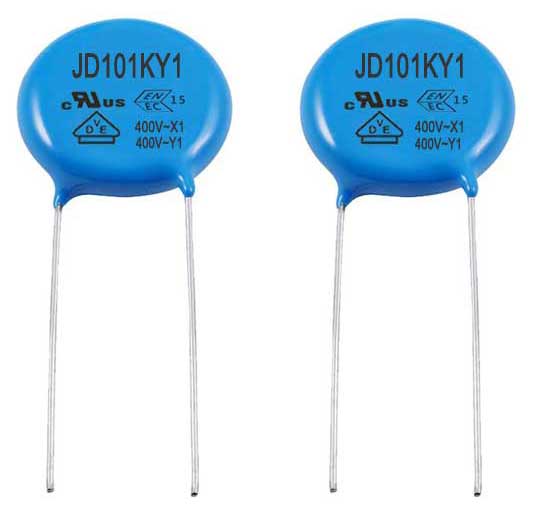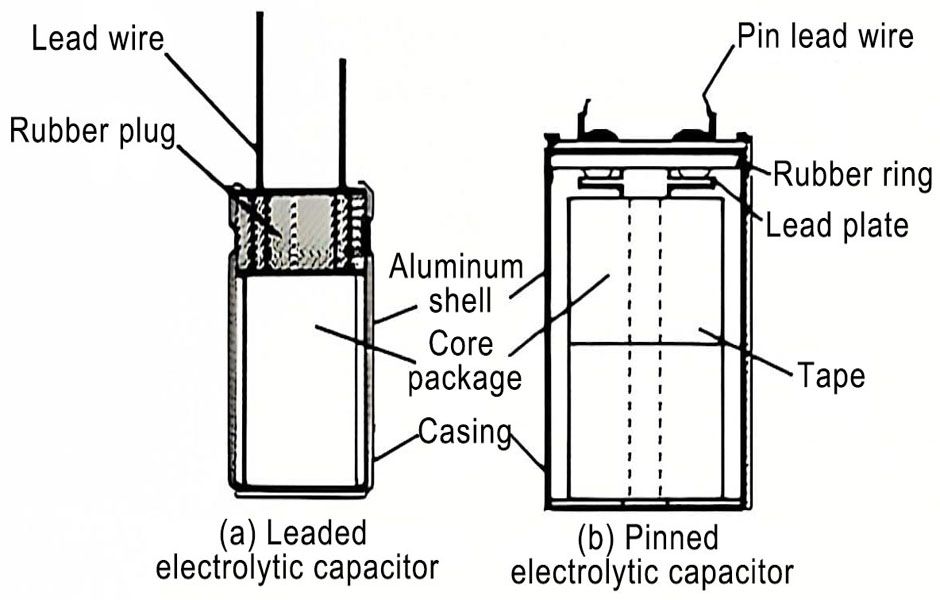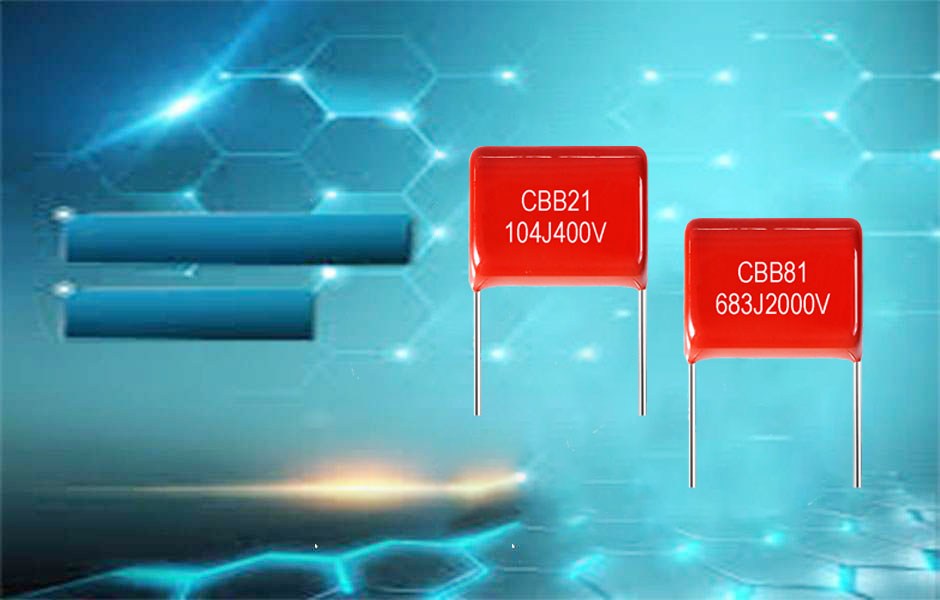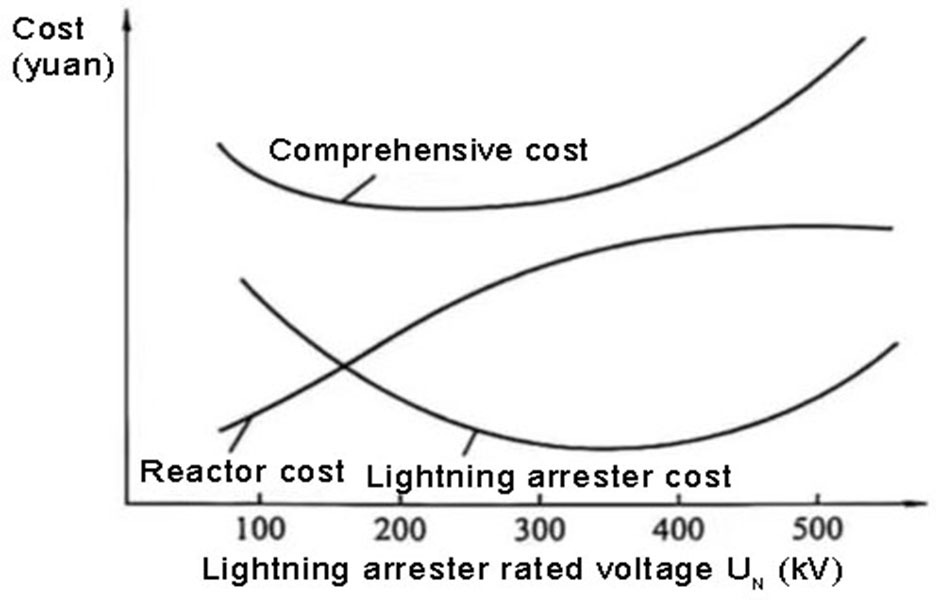The difference between CBB capacitor and safety capacitor mainly includes three aspects:
One: the difference in performance
The main difference between safety capacitors and CBB capacitors is the outer packaging method. The flame-retardant performance and airtightness of the box structure of the safety capacitor are relatively better. Differences in usage CBB capacitors have lower cost than safety capacitors. In many places, they can replace safety capacitors in terms of electrical performance while meeting the actual DC withstand voltage. If the output power of the upper and lower half bridge circuit is 0.47UF, the power can be approximately regarded as 0 under the DC state.

Two: the difference in use
Safety capacitors are mainly used for EMI incoming line filtering, and CBB capacitors are mainly used for oscillation, coupling, resistance-capacitance step-down and other circuits; in terms of electrical performance, they can replace safety capacitors under the condition of meeting the actual DC withstand voltage. The nominal rated voltage of safety capacitors is 250/275VAC (x2), but its DC withstand voltage must reach 2000VDC2S; and the CBB22 capacitor withstand voltage standard is only 1.6 times the rated voltage and so on.

Four: the distinction on selection
When selecting and distinguishing CBB capacitors and safety capacitors, attention should be paid to the thermal insulation performance of capacitors. CBB capacitors use polypropylene film dielectric, which has low loss and low self-heating. In actual use, the temperature rise should not exceed 6 ℃ (higher than Ambient temperature), after actual testing, the temperature rise of many circuit boards is within 4℃. If the temperature rises above this condition, it indicates that the operating power of the capacitor itself is too large, and both types of capacitors are more likely to fail.
The above is the difference between CBB capacitor and safety capacitor. In the electronic component market, safety capacitor and CBB capacitor occupy a large position in the electronic component market.




